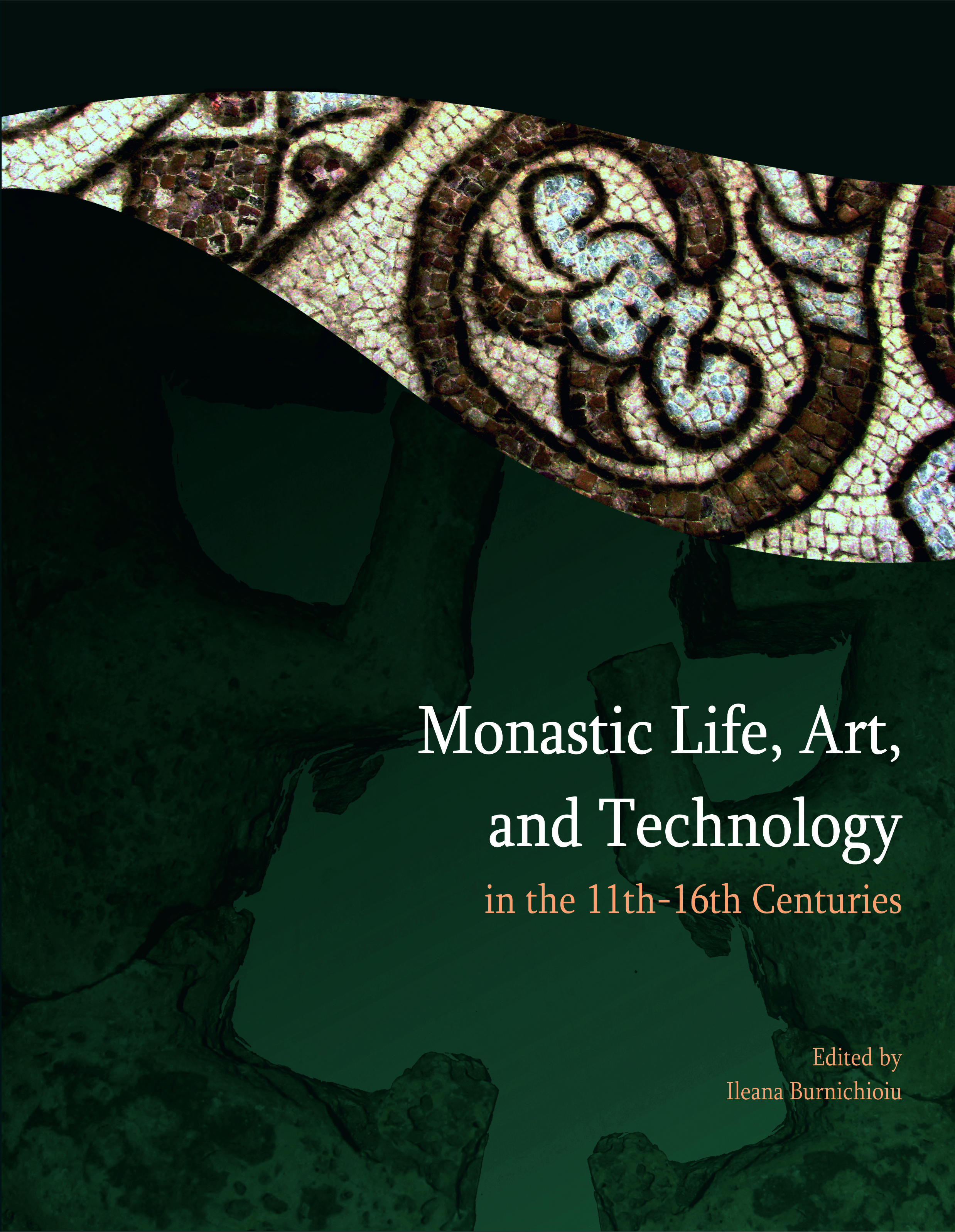Architectural design and the cult of Holy Relics in Saint-Vanne abbey (Verdun)
Architectural design and the cult of Holy Relics in Saint-Vanne abbey (Verdun)
Author(s): VALÉRIE SERDON-PROVOSTSubject(s): History, Archaeology
Published by: Editura Mega Print SRL
Keywords: monastic archaeology; monastic architecture; the cult of Holy Relics; medieval Verdun;
Summary/Abstract: The subject of this conference proposal comes from the results of a newly excavated suburban monastery, the Saint-Vanne Abbey in Verdun: located on a hilltop at the crossroads of major roads and rivers during Antiquity and the Middle Ages, the former abbey was later incorporated inside a major modern fortress (sixteenth century), the High Citadel of Verdun, and thus left untouched by contemporary buildings. The paper will summarize the results of the two first seasons of excavations, whose main objective was the global understanding of the site's layout, from the earliest ecclesiastical occupation (first half of the seventh century) to the different building and occupation phases of the monastery in the Gothic era (fifteenth century), with an emphasis on the most magnificent period, under Richard's abbacy (eleventh century). The function of spaces (place of worship and burial ground) will be especially considered, in relationship with the local cult of Holy Relics. A comparison with other monasteries of the greater Mosan area (today's Belgium) will be made, regarding their architectural and stylistic character.
Journal: Annales Universitatis Apulensis Series Historica
- Issue Year: 19/2015
- Issue No: Special
- Page Range: 131-146
- Page Count: 15
- Language: English
- Content File-PDF

